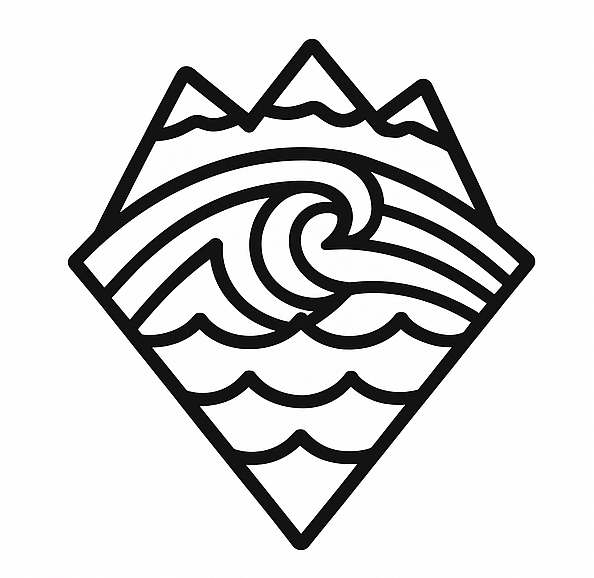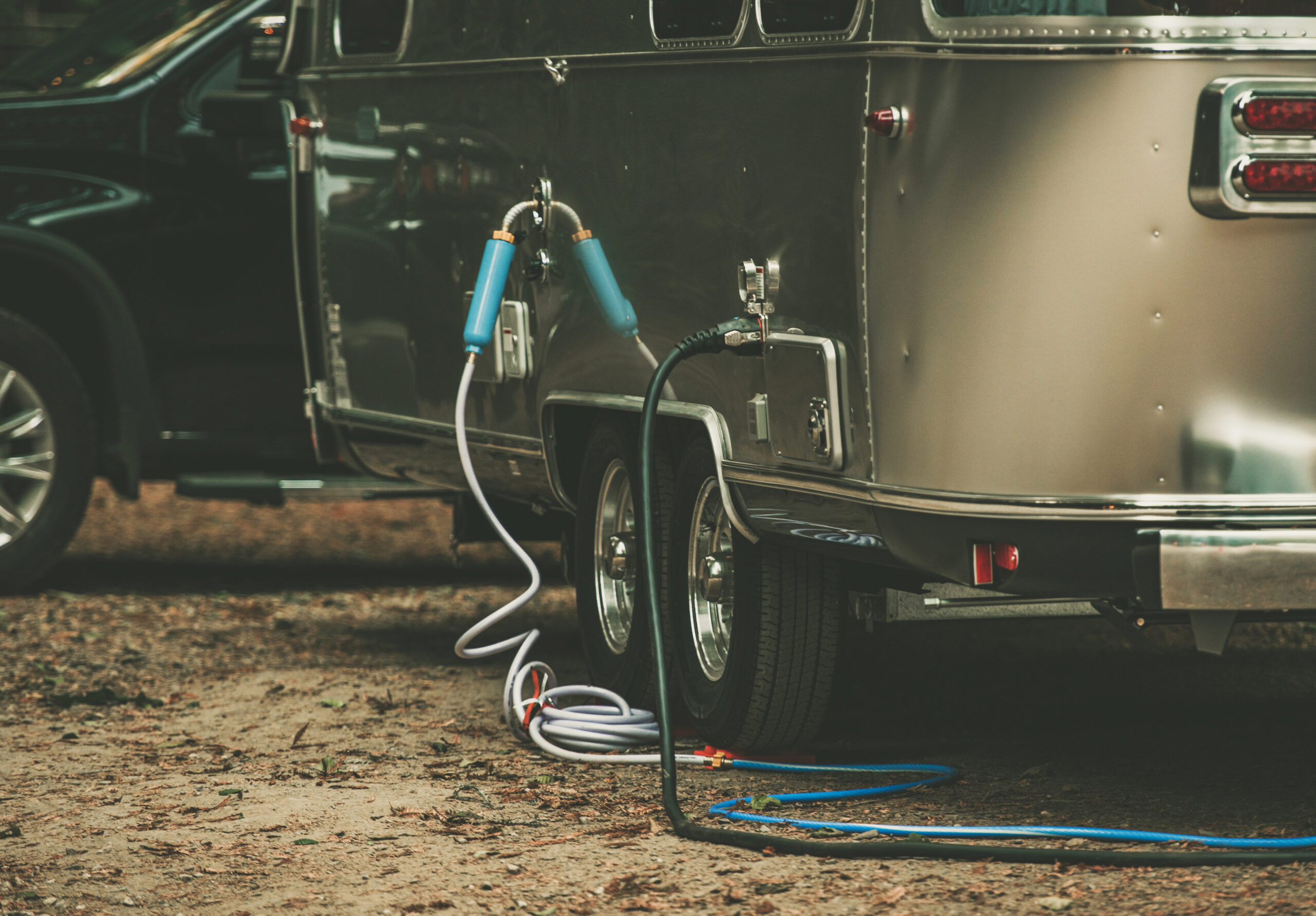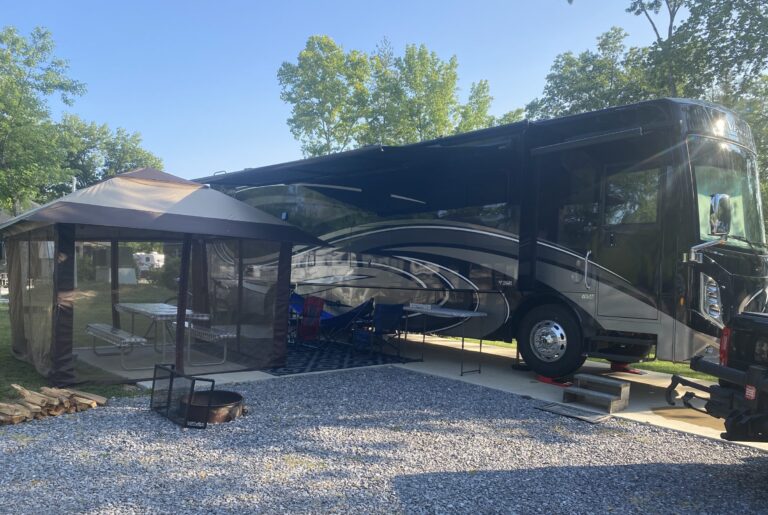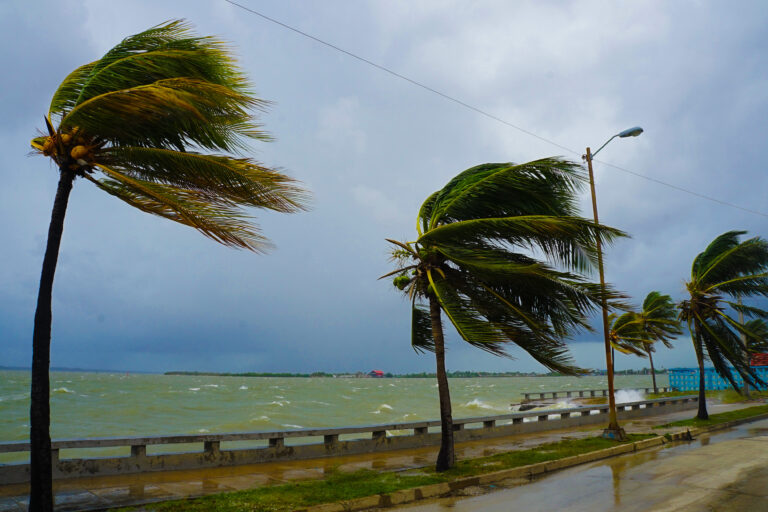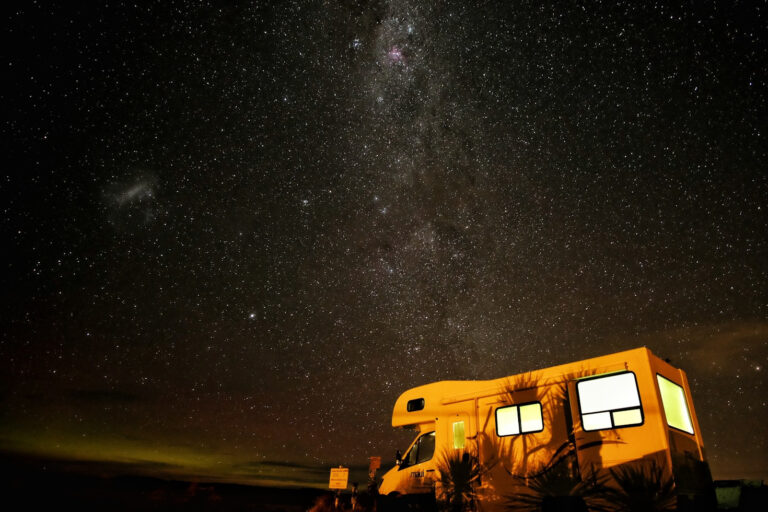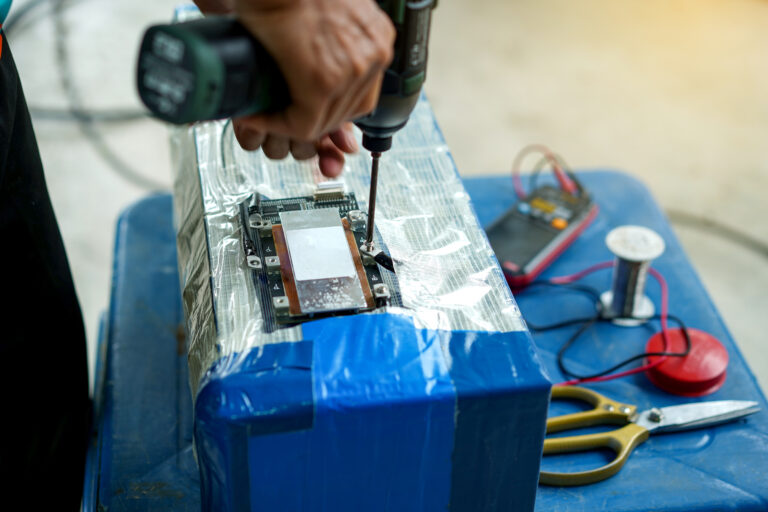Alright folks, gather ’round. Let’s talk water. Not the serene babbling brook kind, but the kind that comes out of your RV faucet. If you’re like most RVers, you’ve already had your fair share of questionable water experiences. Maybe you’ve even been greeted by the delightful aroma of rotten eggs. If so, you’re in the right place. Let’s break down how to keep your RV water clean, safe, and tasting like, well, water.
Water Filtration: Not Optional, Folks
If you think you can just hook up to any old water source and be fine, I’ve got a bridge to sell you. Water quality in campgrounds can range from pristine mountain spring to something that tastes like it came from a medieval moat. The key players in this game? RV water filtration systems.
Inline Filters vs. Canister Systems
Inline filters are your basic, no-fuss option. They clip right onto your hose, catching sediment and some of the nastier stuff.
If you want to be the king of clean water, consider a canister system. These handle a wider array of contaminants like chlorine, taste/odor, and some metals. Just remember: filters aren’t immortal. Replace them on schedule—reusing a spent cartridge is like using one coffee filter for ten pots. Not recommended.
Pressure Regulators: Because Burst Pipes Aren’t Fun
Municipal water pressure can be as unpredictable as Aunt Sally’s mood swings—anywhere from 40 psi to over 100 psi. Most RV plumbing is happiest around ~60 psi. Anything higher and you’re auditioning your rig for a surprise splash zone.
Pressure Regulators to the Rescue
Regulators keep pressure in check and your fittings intact. Fixed models are “set it and forget it.” Adjustable brass RV pressure regulator models let you dial things in based on the campground’s supply. Pro tip: put the regulator at the spigot to protect your hose, too.
RV Water Hoses: Not Just Any Hose Will Do
Let’s debunk a myth: not all hoses are created equal. Garden hoses are fine for plants—not for you. Use RV-specific drinking water hoses that are NSF/ANSI 61 certified so you’re not adding a side of chemicals to your morning coffee
Filtration Systems: The Pros and Cons Debate
Some folks swear a simple sediment filter is enough—and sometimes it is. If you’re in sketchy-water territory, a multi-stage system (sediment + carbon, optionally KDF) is worth it for taste, odor, and clarity. More stages = broader coverage, but also more maintenance. Choose what matches your travel pattern and water sources.
Reverse Osmosis: Overkill or Just Right?
Portable RO delivers extremely clean water, but it wastes a portion of feed water in the process and needs room for tanks and lines. Think of it as a sledgehammer: effective, but not always necessary for every campsite.
Pressure Regulators: Fixed vs. Adjustable
Fixed = simple and reliable. Adjustable = dial-in control (I like ~55–60 psi as a baseline). If you enjoy tinkering and varying hookups, adjustable wins. If you’d rather never touch it again, fixed is your friend.
Hose Safety: The Great Debate
For anything you’ll drink or cook with, use the RV drinking hose. For rinsing the RV or flushing tanks, a separate garden hose is fine—keep them separate and label them so you don’t create your own “chemical cocktail.”
Final Thoughts: Trust the Process
The road is unpredictable enough without guessing whether your water is safe. A good filtration setup, a reliable pressure regulator, and proper hoses aren’t the sexiest upgrades—but they’ll save you from leaks, funky smells, and vacation-ruining stomach drama.
Heads up: Some of the links in this post are affiliate links, which means I may earn a small commission if you buy through them—at no extra cost to you. Think of it as tossing a tip in the jar so I can keep creating helpful stuff (and maybe upgrade my lighting setup).
